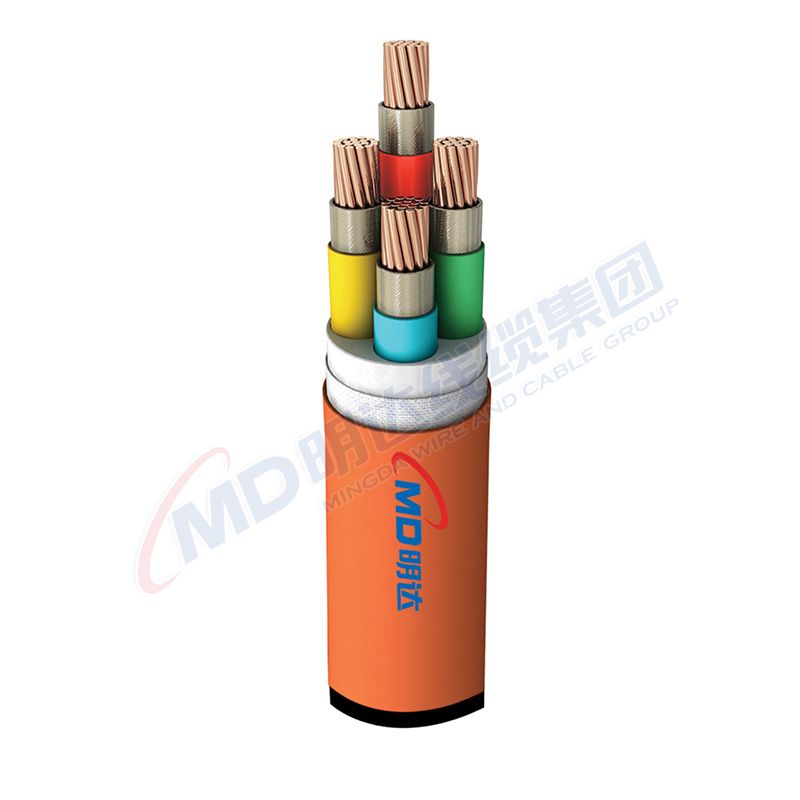Nov . 27, 2024 10:29 Back to list
Flange Options for Rubber Expansion Joints in Various Applications
Understanding Rubber Expansion Joint Flange Types
Rubber expansion joints are essential components in many industrial applications, particularly in piping systems where flexibility and movement compensation are necessary. These joints are designed to absorb vibrations, accommodate misalignments, and allow for thermal expansion and contraction. Among the various designs available, the flange type rubber expansion joint stands out due to its ease of installation and versatility.
What is a Rubber Expansion Joint?
A rubber expansion joint is a flexible connector made from rubber and other materials that serves to bridge two sections of a piping system. It functions to accommodate the movement caused by thermal expansion, vibrations, and other forces while preventing leakage and physical damage to the piping. The design of a rubber expansion joint often includes a series of convolutions, which provide flexibility and allow the joint to stretch or compress with the movement of the connected pipes.
Types of Rubber Expansion Joints
Rubber expansion joints come in various configurations, but the flange type is one of the most commonly used. Flange type rubber expansion joints feature flanges on either end, which can easily be bolted to the piping system. This design allows for secure and straightforward installation and removal, making it ideal for applications where maintenance and flexibility are critical.
1. Single Flange Rubber Expansion Joint This type has a flange at one end, allowing for easy attachment to equipment while the other end connects to a pipe via a different method, such as a threaded connection or welded joints. It is particularly useful in systems where space is limited.
2. Double Flange Rubber Expansion Joint With flanges on both ends, this type offers enhanced stability and is commonly used in larger systems where the ability to accommodate movement in two directions is essential. Double flange joints are ideal for high-movement applications where axial, lateral, and angular movements are present.
3. Lug Type Flange Rubber Expansion Joint This joint features lugs instead of traditional flanges, allowing for ease of installation in tight spaces using a bolt-on design. Its compact nature makes it an excellent choice for smaller piping systems or where there are spatial constraints.
Advantages of Flange Type Rubber Expansion Joints
Flange type rubber expansion joints have several advantages that make them a preferred choice in the industry
- Ease of Installation The flange design allows for quick and easy installation and removal. This feature significantly decreases downtime during maintenance or replacement.
rubber expansion joint flange type

- Flexibility These joints can accommodate various movements, including axial, lateral, and angular displacements, which is crucial in dynamic piping systems
.- Vibration Dampening Rubber inherently has excellent vibration dampening properties, making these joints effective at reducing noise and vibration transmission throughout piping systems.
- Corrosion Resistance Many rubber materials used in expansion joints are resistant to a variety of chemicals, ensuring longevity and reliability in corrosive environments.
- Cost-Effective Compared to metallic expansion joints, rubber options are generally more affordable, making them a cost-effective solution for many applications.
Applications of Flange Type Rubber Expansion Joints
Flange type rubber expansion joints are used in various industries, including
- Water and Wastewater Treatment These joints are often found in pumps, pipes, and treatment facilities to manage water flow and accommodate thermal fluctuations.
- HVAC Systems In heating, ventilation, and air conditioning systems, these joints help maintain system integrity during thermal expansion.
- Chemical Processing The ability to resist chemical corrosion makes these joints suitable for chemical manufacturing and processing facilities.
- Power Generation Rubber expansion joints play a critical role in steam and gas piping systems in power plants.
Conclusion
In summary, flange type rubber expansion joints are vital components in modern piping systems. Their flexibility, ease of installation, and durability make them suitable for various applications across multiple industries. Understanding the different types available allows engineers and planners to select the right expansion joint to meet specific operational needs, ensuring the reliability and efficiency of piping systems. Whether you're dealing with water treatment, HVAC, or industrial processes, the right rubber expansion joint can significantly enhance system performance.
Share
-
Reliable Wafer Type Butterfly Valves for Every IndustryNewsJul.25,2025
-
Reliable Flow Control Begins with the Right Ball Check ValveNewsJul.25,2025
-
Precision Flow Control Starts with Quality ValvesNewsJul.25,2025
-
Industrial Flow Control ReliabilityNewsJul.25,2025
-
Engineered for Efficiency Gate Valves That Power Industrial PerformanceNewsJul.25,2025
-
Empowering Infrastructure Through Quality ManufacturingNewsJul.25,2025